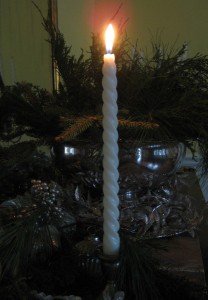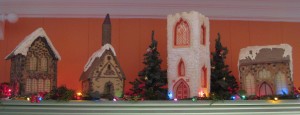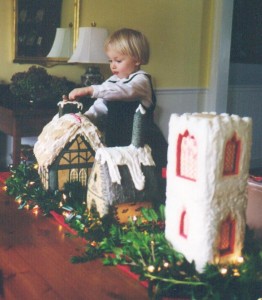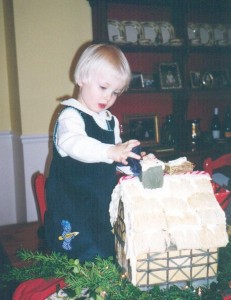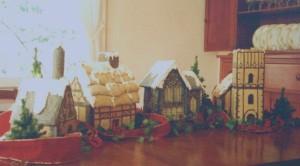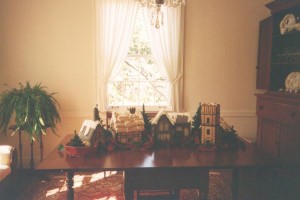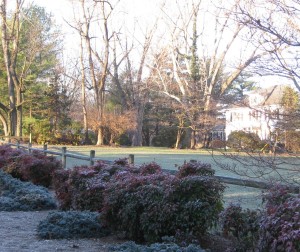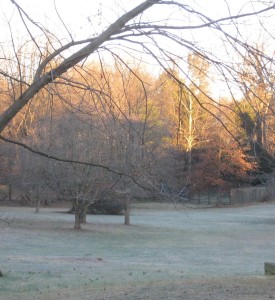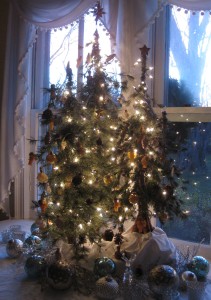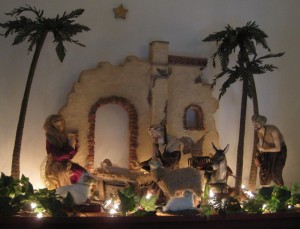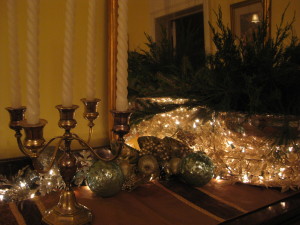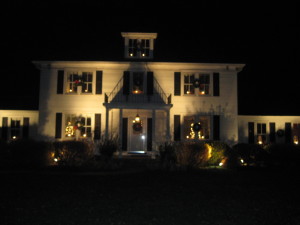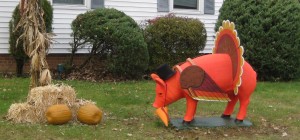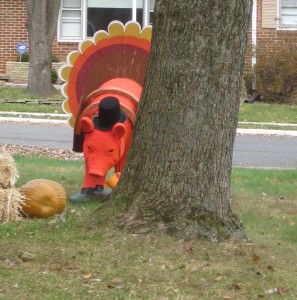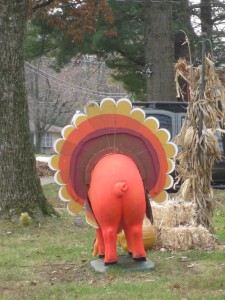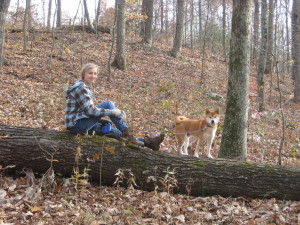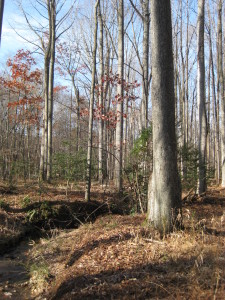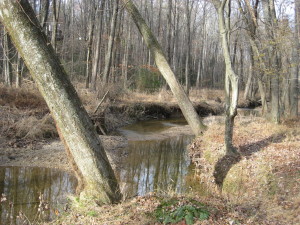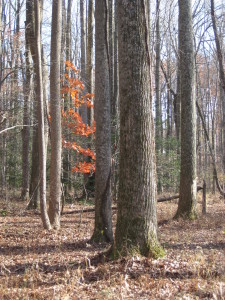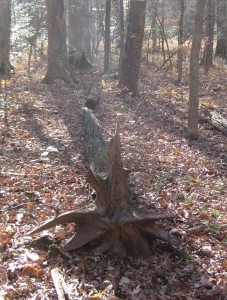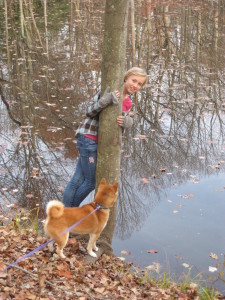I’ve noticed that when TV sit-coms and the annual crop of heartwarming holiday movies attempt to address the “real meaning of Christmas,” it often comes down to this lukewarm message: It’s about family. Not wanting to offend the secular audience, or those of other faiths, there is never a mention of Jesus, Christ, the Savior of the world, Emmanuel, or the Messiah. As a Christian, I wish this were not always the case.
But after some thought, I realize, the TV explanation isn’t completely inadequate. Christmas is about family. It’s not just about trying to tolerate, for one day or a long weekend, the nuclear and extended family that gathers with us for the annual gift extravaganza. It’s about being the family of God throughout the world.
God loves us so much that he sent his only son to live among us as a little baby. He came down to our level, took on a human body and human frailty, so he could show us how to live, how to give, how to share. Because he became one of us, we needn’t doubt that he understands our fears, our weaknesses and our shortcomings. God knows what it’s like to be mocked, unappreciated, mistrusted and reviled. He knows what it’s like when even our closest friends betray and abandon us. He understands suffering and death. He knows what it’s like to lose a child. He truly feels our pain.
God has made us his children. We are neither slaves nor possessions. It is not our own worthiness that has granted us this favored role, but his unfailing love and forgiveness. Through the sacrifice of Jesus Christ, we are heirs to God’s eternal kingdom. As grateful heirs, we are to respond to his grace by cultivating the seeds of love he has sown within us.
Christmas reminds us that we are all God’s children. No matter how vast our differences in circumstance, appearance or culture, we are brothers and sisters. We’re all family here.


